So, you think you’re Hypothyroid, now what?
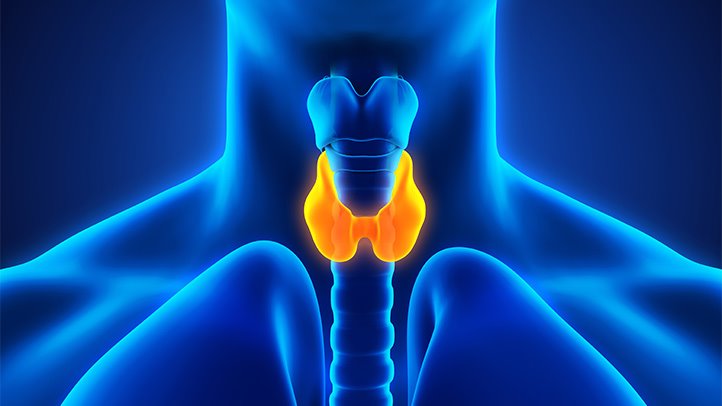
Hypothyroidism is a very common condition in which the thyroid gland does not produce enough thyroid hormone, T4. Thyroid hormone is critical for cellular metabolism; it is what makes everything ‘go’ in the body. Without enough thyroid hormone, fatigue sets in, along with hair loss, dry skin, constipation, sleep issues, and so much more. Conventionally, the cure for hypothyroidism is to give medications that replace thyroid hormone. But what if you don’t want to take a medication for the rest of your life? Or what if you have the symptoms of low thyroid function but your doctor says you’re fine? Or maybe you are on levothyroxine but you don’t feel better?
Thyroid labs commonly look at only thyroid stimulating hormone (TSH), which is the signal from the brain to the thyroid to make more thyroid hormone. The higher the TSH, the more the brain is crying out for thyroid hormone. If the thyroid does its job and makes its hormone T4, this T4 registers in the brain and shuts down the TSH signaling. So the more T4 in the blood, the less TSH. The other things that lower TSH levels are inflammation,[i] infection,[ii] and stress.[iii]
However, this isn’t the whole story. T4 doesn’t actually do much in the body, it has to be converted by cells to the more active form T3. T3 is what really drives metabolism, but doesn’t seem to affect TSH in same way that T4 does. If your cells are not efficient at converting T4 into T3, your TSH may be normal but you will have symptoms of hypothyroidism.
Further confounding this process is that instead of making T3, sometimes the body makes reverse T3 (rT3), which is completely inactive. It seems to be a survival mechanism, as this happens when someone is sick, or if there a lot of stress or inflammation in the body.
To best support thyroid function, we have to support all of these processes.
Thyroid hormone creation
- Tyrosine – this is the backbone of thyroid hormones, and so is obviously essential. If the ingredients for the hormone are missing, the body will not be able to make adequate amounts. Tyrosine is also important for making neurotransmitters, and so may be particularly helpful in cases of hypothyroidism where there is a mental component, like low motivation or depression.
- Iodine – it takes 4 iodine atoms to make one T4, and so a deficiency of iodine can cause low T4, and consequently low T3 as well. Low iodine is fairly common, as it is not found in significant amounts in many food items. Other signs of low iodine are breast tenderness or fibrocystic breast tissue.
- Selenium – the enzyme that makes thyroid hormone contains selenium, and this is one of the major uses of selenium in the human body. Thus having a higher selenium intake can help make and convert thyroid hormone. Additionally, selenium has been found to be protective for the thyroid in both cases of autoimmunity against the thyroid and in oxidative stress as a normal byproduct of thyroid hormone production
- Thyroid glandulars – supplement forms do not contain any active thyroid hormones, but it does have all the nutrients the thyroid needs to function optimally.
Thyroid hormone conversion
- Zinc – thyroid hormone receptor needs zinc to assume the correct form.[1] The part of the receptor that contains zinc is actually called a “zinc finger” and is essential for grabbing and holding on to thyroid hormone. One this binding happens, the receptor-hormone complex goes on to stimulate the cellular metabolism. If the receptor doesn’t work, then a person will still have hypothyroid symptoms because the hormone won’t be able to interact with the cell, no matter what level of thyroid hormone the person has.
- Selenium – the enzyme that converts T4 into T3 contains selenium. Sufficient selenium helps the body create enough of this enzyme throughout the body.
- Commiphora mukul – also known as myrrh, it improves T3 levels without depleting T4[2].
- Ashwaghanda – this herb from India improves the conversion of T4 to T3[3]
- Exercise – movement increases the enzyme that creates T3[4], thereby supporting the conversion of T4 into T3
- Decrease inflammation and stress[5] because these things suppress the brain’s ability to make TSH. This is a survival mechanism. If TSH doesn’t rise in response to low thyroid hormone levels, the thyroid won’t make more hormones, thereby slowing down metabolism and saving resources.
[1] Nussey S, Whitehead S. Endocrinology, An Integrated Approach. CRC Press; 2013.
[2] Panda S, Kar A. Gugulu (Commiphora mukul) induces triiodothyronine production: possible involvement of lipid peroxidation. Life Sci. 1999;65(12):PL137-41.
[3] Sharma AK, Basu I, Singh S. Efficacy and Safety of Ashwagandha Root Extract in Subclinical Hypothyroid Patients: A Double-Blind, Randomized Placebo-Controlled Trial. J Altern Complement Med. 2018;24(3):243-248.
[4] Bocco BM, Louzada RA, Silvestre DH, et al. Thyroid hormone activation by type 2 deiodinase mediates exercise-induced peroxisome proliferator-activated receptor-γ coactivator-1α expression in skeletal muscle. J Physiol (Lond). 2016;594(18):5255-69.
[5] Hoermann R, Midgley JE, Larisch R, Dietrich JW. Homeostatic Control of the Thyroid-Pituitary Axis: Perspectives for Diagnosis and Treatment. Front Endocrinol (Lausanne). 2015;6:177.
[i] Larsen PR, Zavacki AM. The role of the iodothyronine deiodinases in the physiology and pathophysiology of thyroid hormone action. Eur Thyroid J. 2012;1(4):232-242.
[ii] Larsen PR, Zavacki AM. The role of the iodothyronine deiodinases in the physiology and pathophysiology of thyroid hormone action. Eur Thyroid J. 2012;1(4):232-242.
[iii] Hoermann R, Midgley JE, Larisch R, Dietrich JW. Homeostatic Control of the Thyroid-Pituitary Axis: Perspectives for Diagnosis and Treatment. Front Endocrinol (Lausanne). 2015;6:177.
- Tags: Conditions
- Joshua Lovern

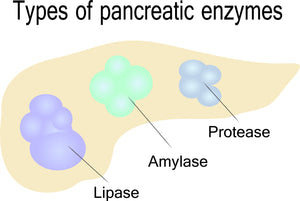

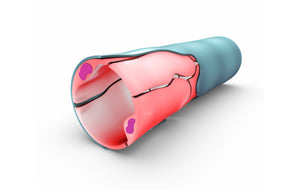
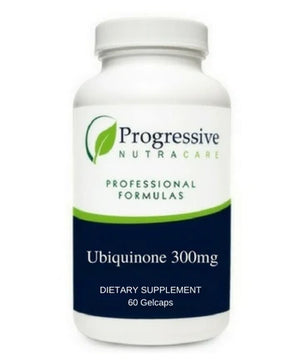
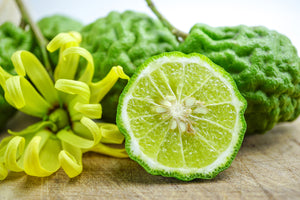
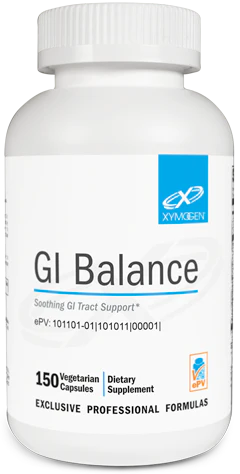
Comments 0